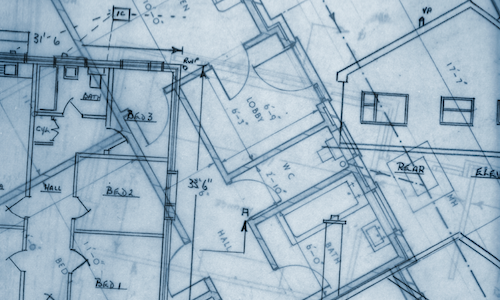
In 1963, the median price for a new construction home in the U.S. was $18,000, according to the U.S. Census Bureau; in 1980 it was $64,000; in 2000 it was $169,000; and in 2015, after nearly 52 years of consecutive year-over-year increases, the median price for a newly constructed home hit an all-time high of $296,400.
When your buyers ask why, here’s what you need to know to answer that question.
1. Increasing wages for construction labor – In an NAHB survey conducted earlier this year, more than two-thirds of builders from across the nation agreed that the No. 1 “significant problem” facing the industry in 2016 is the cost and availability of labor. The shortage drives up base pay rates, which in turn bump up project costs.
According to the Associated General Contractors of America’s 2015 Workforce Survey, 56 percent of builders have increased wages to attract hourly skilled professionals.
2. Compliance Costs – John Burns Real Estate Consulting surveyed more than 100 building executives and found that it’s not uncommon for the price of keeping a single home in compliance to be well over $10,000.
Included among the most common costs cited by respondents were:
- $5,000-plus per house for erosion control costs as part of the Stormwater Pollution Prevention Plan, which affects homes even in areas that “rarely get rain.”
- $2,500-plus per house to meet new energy code standards; and in states like Florida and Illinois, builders said compliance costs are $8,000 or more.
3. State-Specific Compliance: Ordinances – In Georgia, John burns found that builders are additionally faced with unique costs, such as $7,500–$15,000 per lot for tree ordinances requiring 80 percent shade coverage, “which many homeowners dislike because it prevents the grass from growing well.”
4. State-Specific Compliance: Design – Another unique cost for Georgia builders, according to John Burns, is “100 percent cost increase for larger detention ponds and a 50% cost increase for thicker paving in subdivision streets.”
